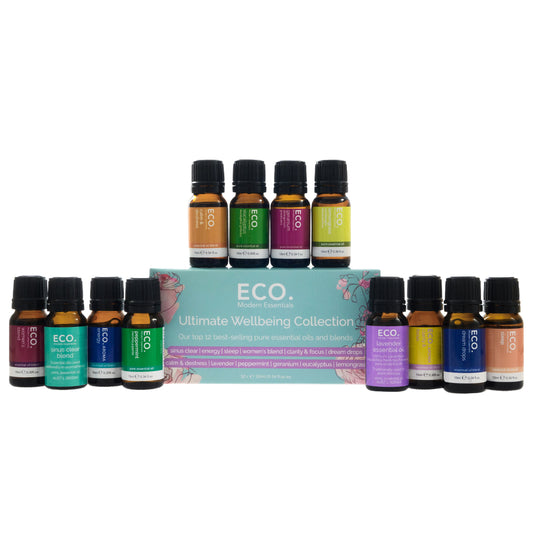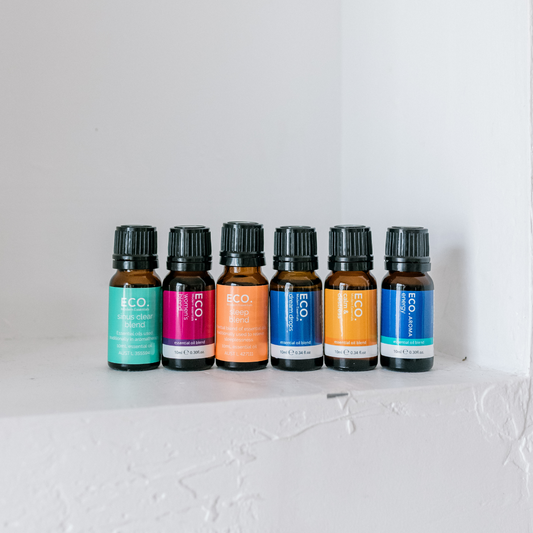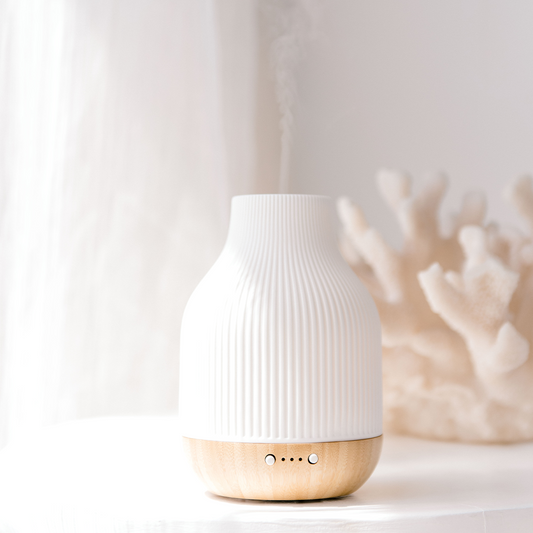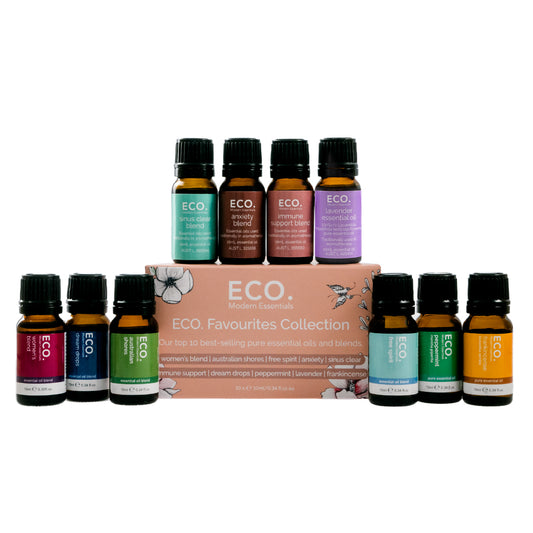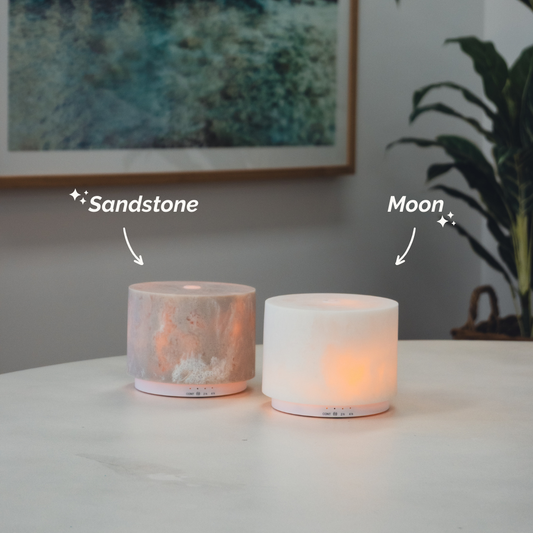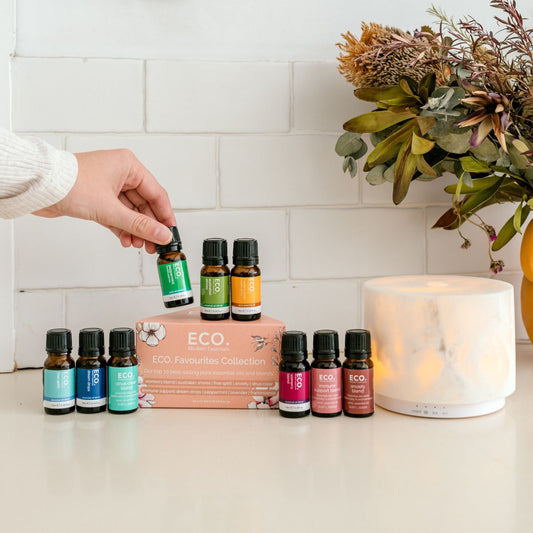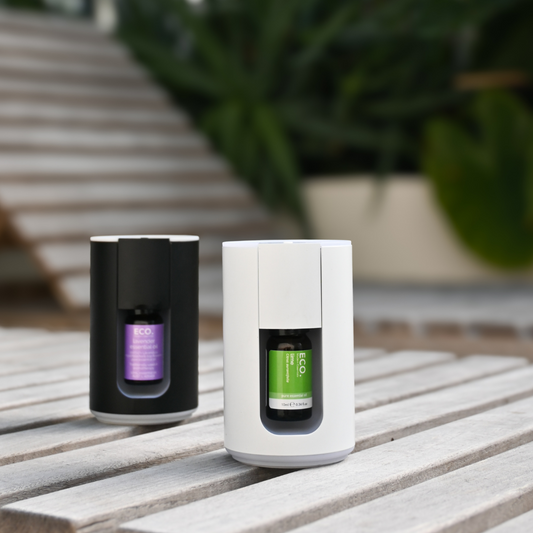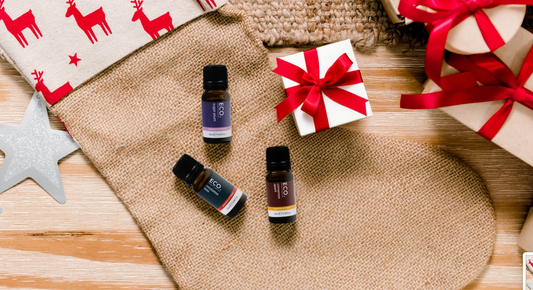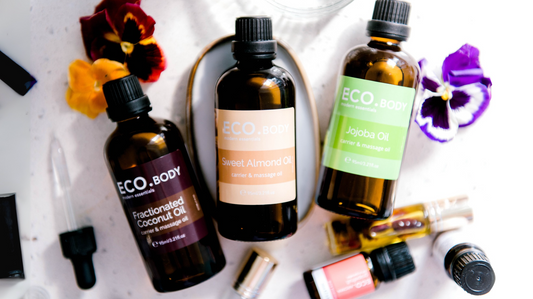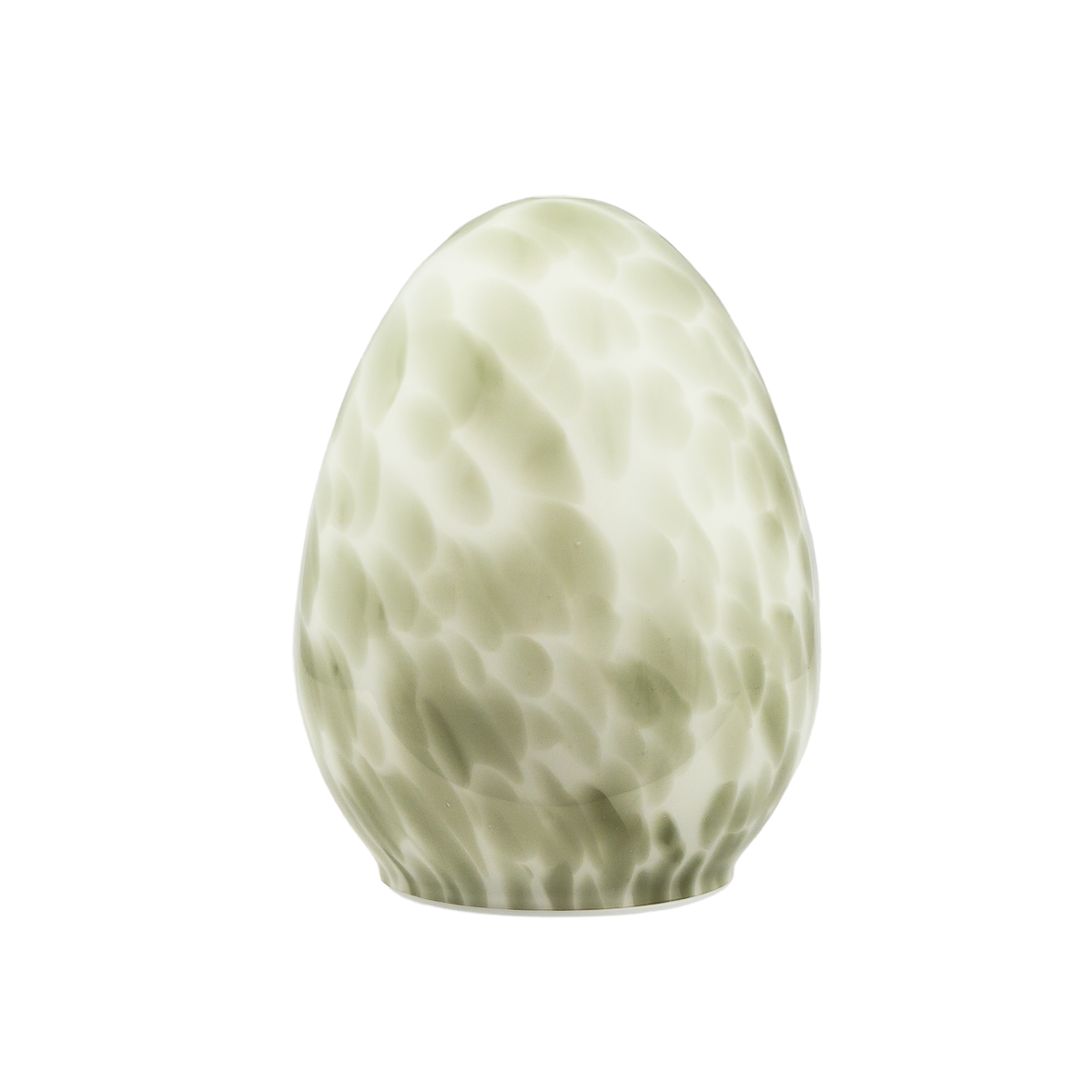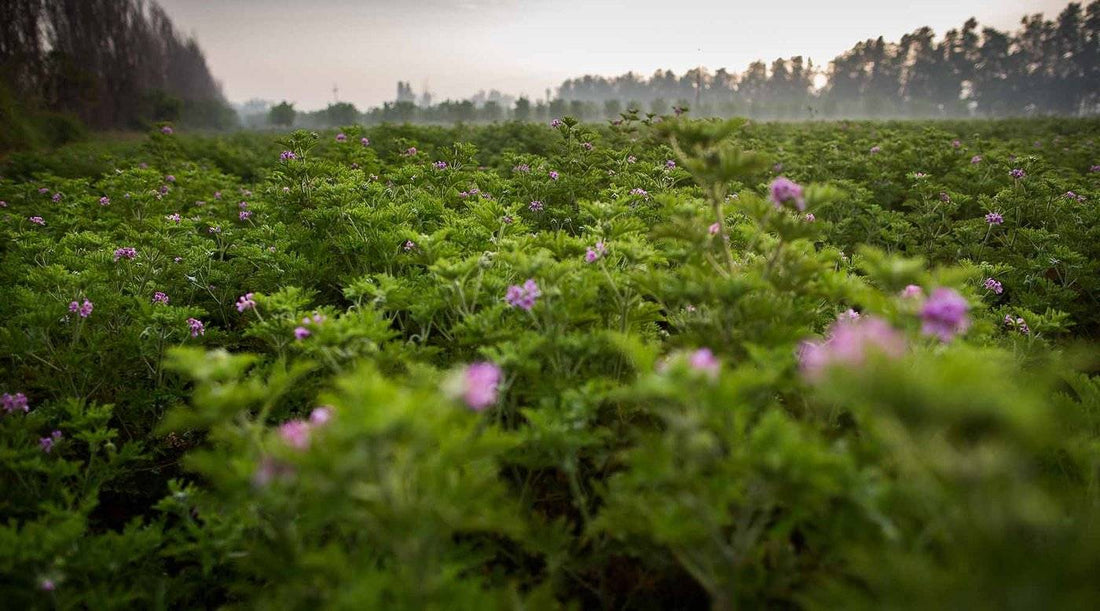
Benefits & Uses of Geranium Essential Oil
The great harmoniser, with a herbaceous rose like scent, Geranium helps us return from anxiety to a place of calm while retaining alertness. Wonderful for use at the beginning of a hectic day or as an emotional restorative in the afternoon.
Where is Geranium essential oil from?
Our Geranium essential oil is cultivated, harvested and distilled in Egypt. In the ancient civilisation of Fayoum, 70 miles south west of Cairo in Egypt, Geranium plantations thrives in what is considered one of the most fertile regions of the country. Once a desert, Fayoum became a lust oasis when the Nile river diverted to the region, filling it with nutrient rich water. In Egypt, Geranium essential oil production requires less than 12 000 acres of land compared to the 7.2 million acres of Egypt’s planted land.
How is Geranium essential oil made?
Geranium crop is planted every October and is harvested once per year from June to early August, when the plant is blossoming. Something interesting about the harvest of Geranium is that the optimal time of cutting is determined by a change in the scent of crushed leaves, which change from lemon-like to rose-like. The precious essential oil is concentrated in the leaves of the plant as old stems contain near to no oil. Each plant is harvested by hand using a sickle and meticulously cut 3 eye buds from the ground. The best time to harvest is in the early morning hours, between 6am and 10am. The oil is obtained by steam distillation of the whole aerial part of the blossoming plant. The crop is distilled the same day as the cutting to ensure the highest oil concentration and the optimal therapeutic properties. Geranium is a long-term perennial and can be maintained in the field for over 10 years.
It is estimated that around 8,000 families are involved in the production of Geranium essential oil, making it a crucial trade in the countries where it is produced. A range of individuals work together before the end product is achieved. From pickers, harvesters, trimmers, tractor drivers, irrigation masters, weed cleaners and farm managers, it is the collaboration of a hole interconnected network of people working side by side that contributes to a successful Geranium crop and resulting precious essential oil.
Permaculture practices are used to ensure the long-term viability and success of the crop. Geranium is intercropped with Garlic and the latter protects the Geranium crop from certain pest infestations. Because of this integrated pest management method, less pesticides are used on the aromatic raw material crop. Geranium has become an important cash crop providing diversification to the local farmers as well as non-negligible revenue away from the more classical feed crops (wheat, rice, corn, potatoes, etc).
What does Geranium look like?
The Geranium plant grows straight and with multiple branches. It can reach up to 1.5 m and spread 1m wide. The stem is rigid, thich and hairy, and the leaves are soft to the touch. The beautiful delicate flowers vary in pink shade colours and produce a beautiful rose like scent.
What does Geranium essential oil smell like?
The fragrance of Geranium is like a lovely journey. Geranium essential oil strikes us with a most intense rosy floral note that is sweet and vibrant. We are then left with a slightly astringent afternote amongst fresh leafy green tones.
History of Geranium essential oil
There are over 700 species of Geranium grown throughout the world, with the most common being Pelargonium graveolens. Native to South Africa, the crop has been introduced in other areas of the world over time such as China, Europe, Reunion and Russia. Each geographic location influences the colours, odours and therapeutic benefits of the plants because of the varying soil and climate conditions. Geranium essential oil has been used for centuries in fragrances, cosmetics and household products. It is known for promoting a healthy complexion for any type of skin, support healthy digestion, promote hormonal balance and act as an insect repellent.
What are the benefits of Geranium essential oil?
1. Decongestant: Geranium could be used to gently disperse excess fluid. It may be used to reduce congestion in the breasts and other areas of fluid build up. Geranium oil massaged into the calves can be useful for varicose veins as the essential oil is considered a blood vessel tonic.
2. Anti-inflammatory: The decongestant property of Geranium may also contribute to its anti-inflammatory action. Geranium can be added to a muscle blend for post exercise massage or rubbed into painful arthritic joints as an alternative to other more commonly used essential oils.
3. Skin Care: Geranium is a beautifully fragrant addition to skin care products. The essential oil is known for its balancing properties making it useful for most skin types. Geranium is thought to regulate oil production and could be included in a serum for oily and acne prone skin. Geranium has cicatrisant (skin healing) properties and can be used to encourage wound healing, improve eczema, and help reduce stretch marks.
4. Hormone Balance: Another treasured essential oil for hormones, Geranium may regulate hormone levels which can ease symptoms of PMS. Geranium can help alleviate pain and swelling due to its decongestant properties and gently soothe irritation and frustration associated with fluctuating hormone levels.
5. Anxiety: Geranium essential oil has relaxant and uplifting actions for the spirit. It is thought to help with feelings of anxiety, nervous fatigue and agitation. Geranium is a gentle and cooling tonic traditionally used to help lift us out of a melancholy mood.
How do you use Geranium essential oil?
- Diffuser: Add 6-8 drops of Geranium essential oil to your diffuser.
- Quick fix: A few deep inhalations from the bottle can help when you are at work, in the car or anytime you need a quick break.
- Shower: Add 2-3 drops to the corner of the shower and enjoy the benefits of steam inhalation.
- Bath: Add 2 to 3 drops, in a dispersant such as oil, to the bath.
- Hand or foot bath: Add 2 drops of essential oil to a bowl of water. For inflammation consider using cold/room temperature water. For aches and tight muscles use warm/hot water.
- Compress: Add 2 drops of essential oil to a bowl of water. For treating inflammation or to cool down use cold to room temperature water. For aching tight muscles use warm to hot water. Agitate a face washer in the water, wring out excess moisture and apply washer to the affected area. Repeat two or three times as the compress cools down or warms up.
- Blends well with: Basil, Bergamot, Cedarwood, Citronella, Clary Sage, Frankincense, Grapefruit, Jasmine, Lavender, Lemon, Lime, Neroli, Palmarosa, Petitgrain, Rose, Rosemary, Sandalwood & Ylang Ylang.
Contraindications of Rose essential oil
Not suitable in a skin application for those who have dermatitis or very sensitive skin.


